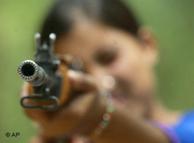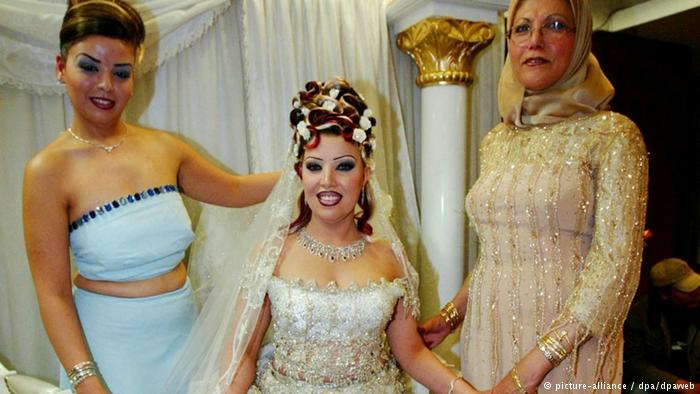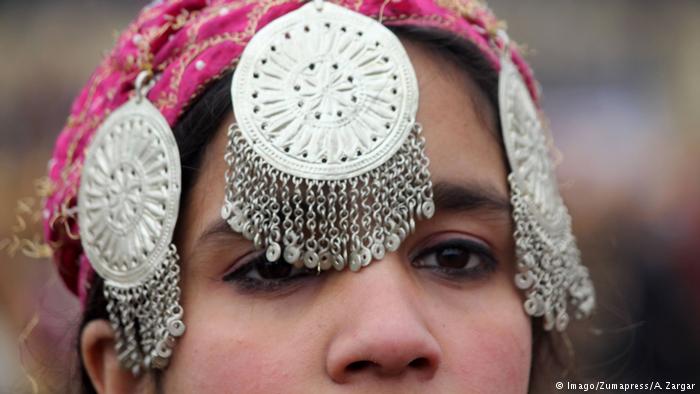The plight of women in South Asia – a new poll indicts several countries
 A new survey reveals Afghanistan to be the world’s most dangerous place for women. Pakistan and India are ranked third and fourth on crimes ranging from domestic abuse to female foeticide.
A new survey reveals Afghanistan to be the world’s most dangerous place for women. Pakistan and India are ranked third and fourth on crimes ranging from domestic abuse to female foeticide.
As if the constant threat of airstrikes were not enough to make a country dangerous, domestic cultural practices do their best to make life hell for women in Afghanistan. Antonella Notari, head of Women Change Makers, an organization supporting women entrepreneurs, says, “Ongoing conflict, NATO airstrikes and cultural practices combined make Afghanistan a very dangerous place for women. In addition, women who do attempt to speak out or take on public roles that challenge ingrained gender stereotypes of what is acceptable for women to do or not, such as working policewomen or news broadcasters are often intimidated or killed.”
Congo follows a close second after Afghanistan, but for India and Pakistan, the poll seems to be unrelenting when it talks of the kind of discrimination faced by women, which in many cases amounts to danger.
Women face six risk factors
The poll was conducted by TrustLaw, a legal news service run by the Thomson Reuters foundation, which is positioning itself as a global hub for news and information on women’s legal rights. TrustLaw spoke to 213 gender experts from five continents and ranked countries on the basis of overall perceptions of danger including six risks. These risks are, health threats, sexual violence, non-sexual violence, cultural or religious factors, lack of access to resources and trafficking.
Some experts who participated in the polls believe that discrimination is considered a ‘subtle danger’ and does not grab as many headlines as any other story on violence would. These risks include bombs, bullets, stonings and systematic rape in conflict zones, sometimes even within marriages. Elisabeth Roesch, working with the International Rescue Committee in Washington says, “I think you have to look at all dangers to women, all the risks women and girls face.” Roesch believes that something as unobtrusive as not being able to get healthcare could be a potentially fatal situation for women.Bildunterschrift: Großansicht des Bildes mit der Bildunterschrift: Tens of thousands of women are subjected to abuse, even death, in the name of preserving a family’s honor in a male-dominated society.
Women on top… and right at the bottom
Paradoxically, Pakistan, India and Bangladesh are also among the few countries where women have achieved high office in politics, for instance. Bangladesh’s present Prime Minister, Sheikh Hasina, India’s Prime Minister in the 1970s, Indira Gandhi and Pakistan’s Benazir Bhutto are all great examples for how women in these societies made it to the top. However, the situation for women remains dismal. According to a United Nations Women report, every three minutes, women in these countries experience crimes such as domestic violence, rape, sexual harassment, incest and acid attacks.
This is only the tip of the iceberg. Maria Joao Ralha of the European Commission’s Humanitarian aid branch ECHO says, “I believe that the most widespread and silent killer of women and girls is a combination of poverty and the low status awarded to women. ..Consequently women and girls are always the last to eat at home. They will most of the time not have enough to eat. They are more likely to become ill and often there’s no money to take them to the doctor and they are more likely to die early.”
Experts say that attitudes are changing, but slowly. Rapid economic growth and satellite television have helped in raising women’s status, but in countries like India, the implementation and enforcement of the law is very weak. Just last week, nine female foetuses were found dumped in a drain in western India. Legal consequences are unlikely. As far as women are concerned, new legislation and existing law are just not enough. As Mona Mehta of Oxfam India says, local officials who operate within a community shaped by patriarchal bias and indifferent attitudes to the plight of women do not see the need for laws designed to enshrine the rights of women and young girls.
Manasi Gopalakrishnan/ dpa/rtre/afp
Editor: Grahame Lucas






